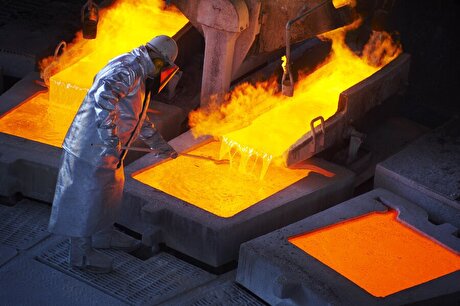
World’s first commercial electric airplane takes off
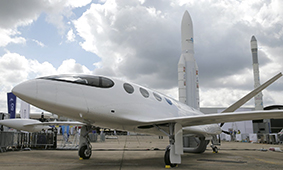
The aircraft, produced by Harbour Air, is a light seaplane that will be the prototype for an entire fleet of electric airplanes that will ferry passengers around North America's Pacific northwest.
The plane took off at 08.30 local time outside Vancouver and flew for around seven minutes before landing. The maximum flight time of the airplane is around 30 minutes. Harbour Air teamed up with engineering firm MagniX to create the plane.
"In 2018, 75pc of worldwide airline flights were 1,000 miles or less in range," MagniX chief executive Roei Ganzarksi said, noting that the company envisages great potential for electric aviation to transform the "heavily trafficked ‘middle-mile' range".
Electric-powered flight is in its infancy compared with electric cars. E-planes are unable to match fossil fuel aircraft for range or speed and will only be able to make short-haul journeys with minimal loads in the short term. The fastest electric aircraft ever flown, the Long-EZ in 2012, had a maximum speed of 200mph and carried a single passenger, whereas the average for a Boeing 787 is 585mph and it can carry over 200.
Even so, large aerospace companies are investing in new technology aimed at electric flight. Aurora Flight Sciences, a subsidiary of Boeing, earlier this year successfully tested a fully autonomous, fully electric aircraft aimed at urban flight.
Growth in electric mobility is driving demand for battery metals such as lithium and cobalt. Demand for lithium is set to grow to 136,000t by 2030, up from 51,000t in 2017. Cobalt demand is also set to grow to 218,000t in 2030, up from just under 120,000t in 2018.
Most of the growth in demand for these metals will come from a rise in electric vehicle production. The potential for growth in other forms of electric mobility could add a new stream of demand for battery metals in the long term.
By Thomas Kavanagh


Trump weighs using $2 billion in CHIPS Act funding for critical minerals

Codelco cuts 2025 copper forecast after El Teniente mine collapse

Electra converts debt, launches $30M raise to jumpstart stalled cobalt refinery

Barrick’s Reko Diq in line for $410M ADB backing

Abcourt readies Sleeping Giant mill to pour first gold since 2014

Nevada army depot to serve as base for first US strategic minerals stockpile

SQM boosts lithium supply plans as prices flick higher

Viridis unveils 200Mt initial reserve for Brazil rare earth project

Tailings could meet much of US critical mineral demand – study
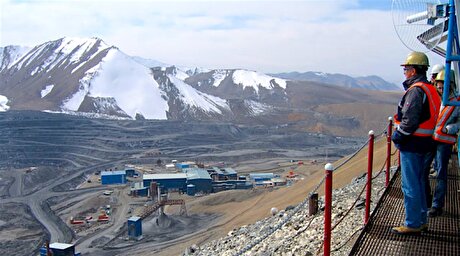
Kyrgyzstan kicks off underground gold mining at Kumtor
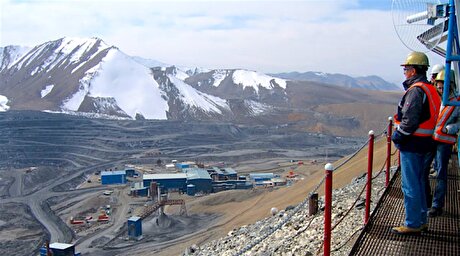
Kyrgyzstan kicks off underground gold mining at Kumtor

KoBold Metals granted lithium exploration rights in Congo
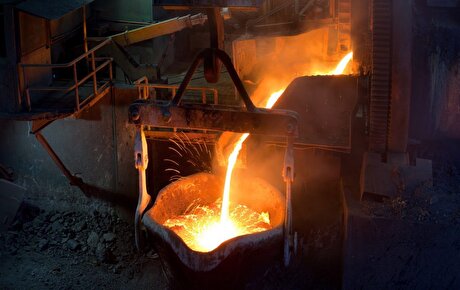
Freeport Indonesia to wrap up Gresik plant repairs by early September
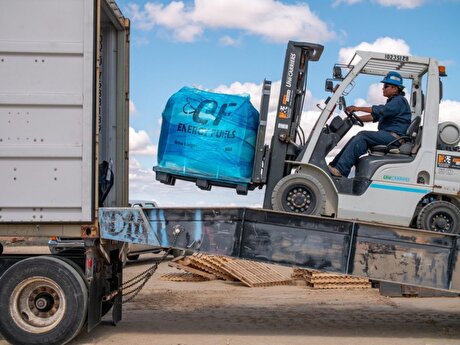
Energy Fuels soars on Vulcan Elements partnership

Northern Dynasty sticks to proposal in battle to lift Pebble mine veto
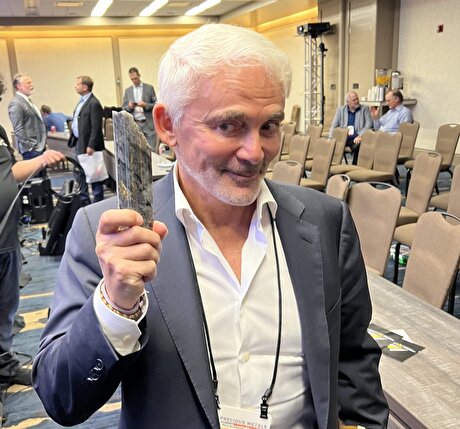
Giustra-backed mining firm teams up with informal miners in Colombia

Critical Metals signs agreement to supply rare earth to US government-funded facility

China extends rare earth controls to imported material

Galan Lithium proceeds with $13M financing for Argentina project

Kyrgyzstan kicks off underground gold mining at Kumtor

Freeport Indonesia to wrap up Gresik plant repairs by early September

Energy Fuels soars on Vulcan Elements partnership

Northern Dynasty sticks to proposal in battle to lift Pebble mine veto

Giustra-backed mining firm teams up with informal miners in Colombia

Critical Metals signs agreement to supply rare earth to US government-funded facility

China extends rare earth controls to imported material

Galan Lithium proceeds with $13M financing for Argentina project

Silver price touches $39 as market weighs rate cut outlook

